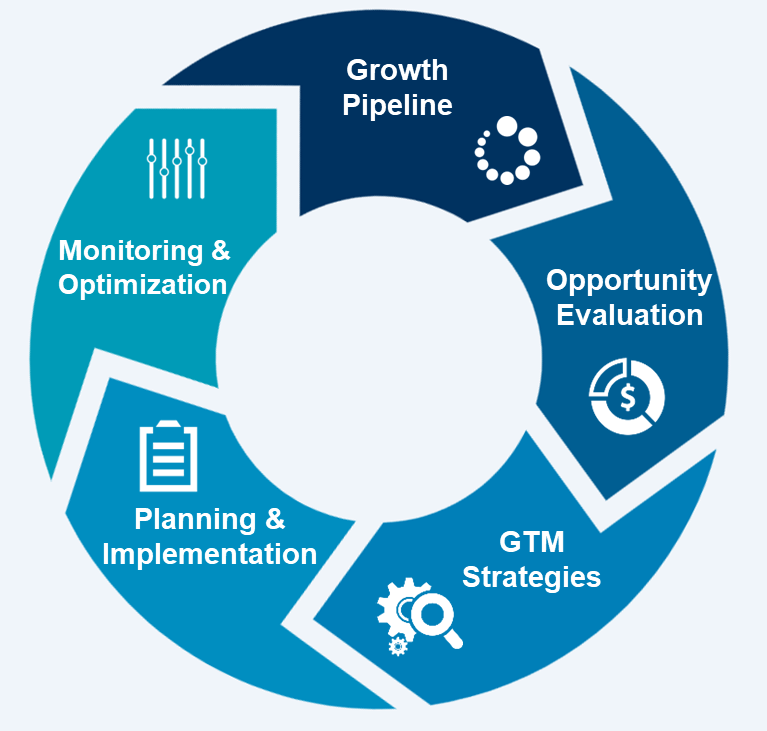Implementation is the procedure that transforms methodologies and plans into activities so as to achieve key targets and objectives. Executing your vital arrangement is as significant, or much increasingly significant, than your technique. The video The Secret to Strategic Implementation is an extraordinary method to figure out how to take your execution to the following level.
Strategic implementations for Business Growth

Basic activities move a key arrangement from a report that sits on the rack to activities that drive business development. Unfortunately, most of organizations who have key plans neglect to actualize them. As indicated by Fortune Magazine, the vast majority of associations neglect to execute their vital arrangement for some reasons:
• 60% of organizations don’t link strategy to budgeting
• 75% of organizations don’t link employee incentives to strategy
• 86% of business owners and managers spend less than one hour per month discussing strategy
• 95% of the typical workforce doesn’t understand their organization’s strategy.
Implementation is the procedure that transforms methodologies and plans into activities so as to achieve key targets and objectives. Executing your vital arrangement is as significant, or much increasingly significant, than your technique. The video The Secret to Strategic Implementation is an extraordinary method to figure out how to take your execution to the following level.
Getting Your Strategy Ready for Implementation

Avoiding the Implementation Pitfalls
Because you want your plan to succeed, heed the advice here and stay away from the pitfalls of implementing your strategic plan.
Here are the most common reasons strategic plans fail:
• Lack of ownership: The most common reason a plan fails is lack of ownership. If people don’t have a stake and responsibility in the plan, it’ll be business as usual for all but a frustrated few.
• Lack of communication: The plan doesn’t get communicated to employees, and they don’t understand how they contribute.
• Getting mired in the day-to-day: Owners and managers, consumed by daily operating problems, lose sight of long-term goals.
• Out of the ordinary: The plan is treated as something separate and removed from the management process.
• An overwhelming plan: The goals and actions generated in the strategic planning session are too numerous because the team failed to make tough choices to eliminate non-critical actions. Employees don’t know where to begin.
• A meaningless plan: The vision, mission, and value statements are viewed as fluff and not supported by actions or don’t have employee buy-in.
• Annual strategy: Strategy is only discussed at yearly weekend retreats.
• Not considering implementation: Implementation isn’t discussed in the strategic planning process. The planning document is seen as an end in itself.
• No progress report: There’s no method to track progress, and the plan only measures what’s easy, not what’s important. No one feels any forward momentum.
• No accountability: Accountability and high visibility help drive change. This means that each measure, objective, data source, and initiative must have an owner.
• Lack of empowerment: Although accountability may provide strong motivation for improving performance, employees must also have the authority, responsibility, and tools necessary to impact relevant measures. Otherwise, they may resist involvement and ownership.
• The marketing analysis in business plan analysis section of your plan provides the evidence that there is a niche in the market that your company can exploit.
• Leadership development is the process which helps expand the capacity of individuals to perform in leadership roles within organizations. Leadership roles are those that facilitate execution of an organization's strategy through building alignment, winning mindshare and growing the capabilities of others.
It’s easier to avoid pitfalls when they’re clearly identified. Now that you know what they are, you’re more likely to jump right over them!